Hedda’s Tessa Thompson, Nina Hoss and Nia DaCosta talk queer love in play’s Saltburn-esque reimagining (EXCLUSIVE)
“There's a lot of things that become organised in our shadow self, and some are dark desires, rage – but its where we also keep part of our true and most beautiful parts of ourselves," says Thompson
By Tara Joshi
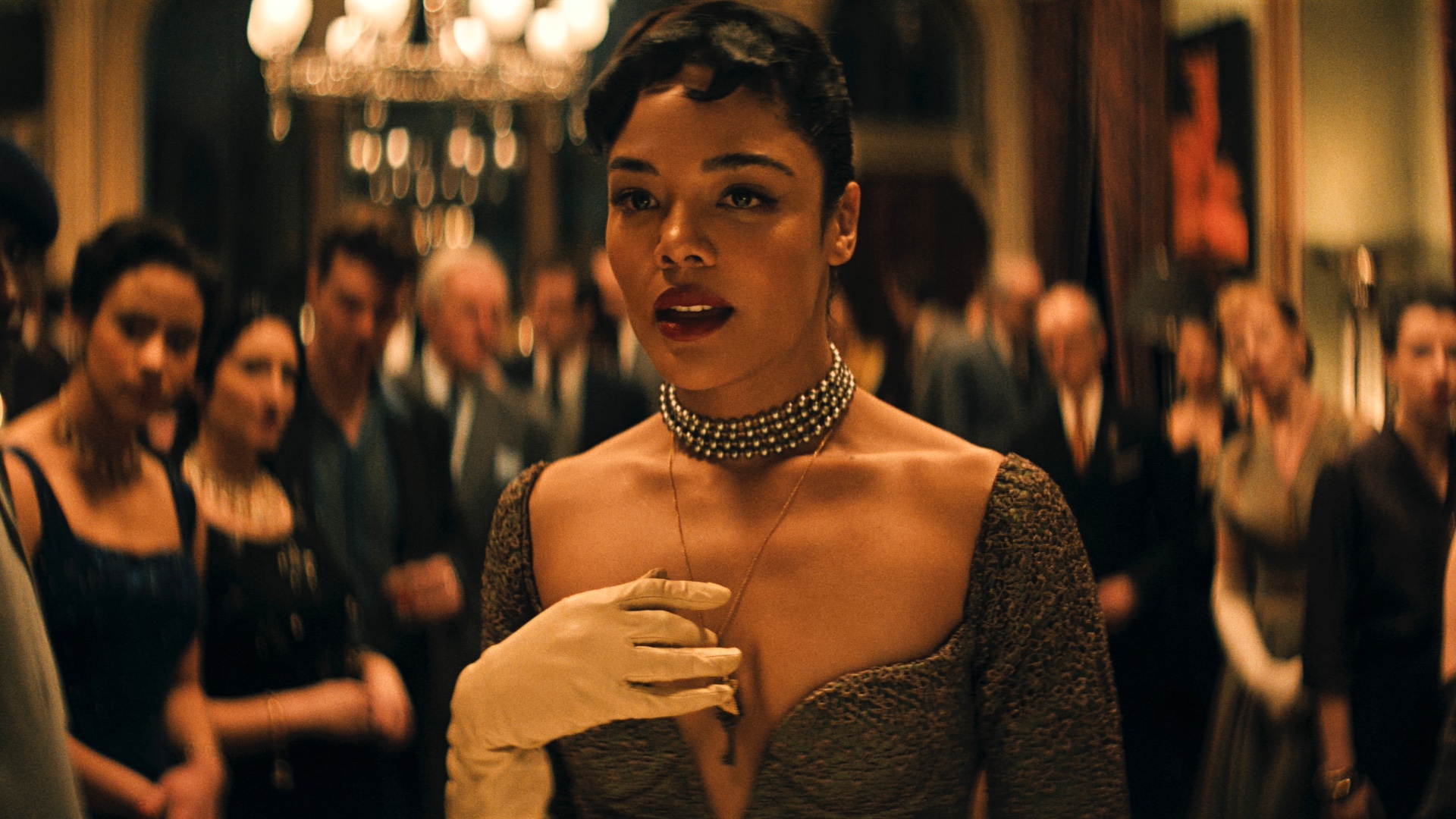
“I feel like George wants to get pegged,” Tessa Thompson says with a laugh, curled up on the sofa.
She’s talking about George Tesman, as played by Tom Bateman in a new adaptation of Henrik Ibsen’s iconic play, Hedda Gabler. Since its first performance in 1891, there have been innumerable adaptations of the work, but writer and director Nia DaCosta’s new film, Hedda, out now, might be the first to invite such speculation about the titular character’s husband – and that’s just scratching the surface.
This is a film that sizzles with a heady undercurrent of desire, both spoken and unspoken, and the ways in which we might all capitulate to societal norms. While Hedda Gabler has long been a character symbolic of the constraints placed on womanhood, with the motives behind her chaotic actions repeatedly psychoanalysed and hypothesised over the years, DaCosta’s Hedda, starring a mesmerising Thompson in the lead role, finds new ways to examine those themes of women. Most notably, perhaps, by gender-flipping Hedda’s former lover, Eilert, to become Dr. Eileen Lovberg, played formidably by Nina Hoss; we discover early on that the character is in competition with Hedda’s husband, George, for a job.
“The love story is now a queer love story; it’s a queer love triangle” – Nia DaCosta
“For me, I was watching a story about this woman trying to figure out how to exist, and her way of existing was through the evidence of her actions and her impact on other people,” DaCosta explains. We’re in a hotel room in Soho, London, along with Thompson and Hoss, eating peach gummies as DaCosta continues, “And I thought it was really fascinating and very singular. I wanted to populate her world with other examples of women struggling with the same thing she’s struggling with.”
And so, in this rising star director’s hands, Hedda becomes a story about three queer women trying to exercise agency and power in a society that forces them to conform: Hedda, married, wealthy and unhappy, Eileen, an out and proud lesbian still struggling with her own demons, and also Thea (Imogen Poots), a woman who has left her husband to be with Eileen, much to Hedda’s annoyance and envy. “The love story is now a queer love story; it’s a queer love triangle,” DaCosta adds, “And so now you have these three queer women trying to figure out how to exist, and who they are. I think that deepened everything that I love so much about the original work.”
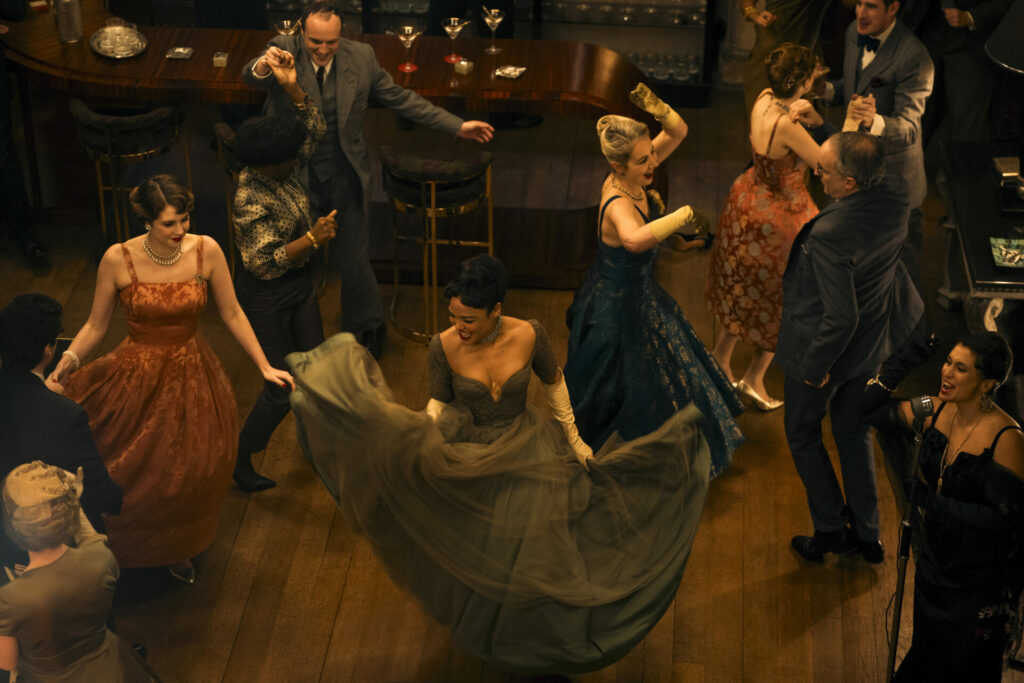
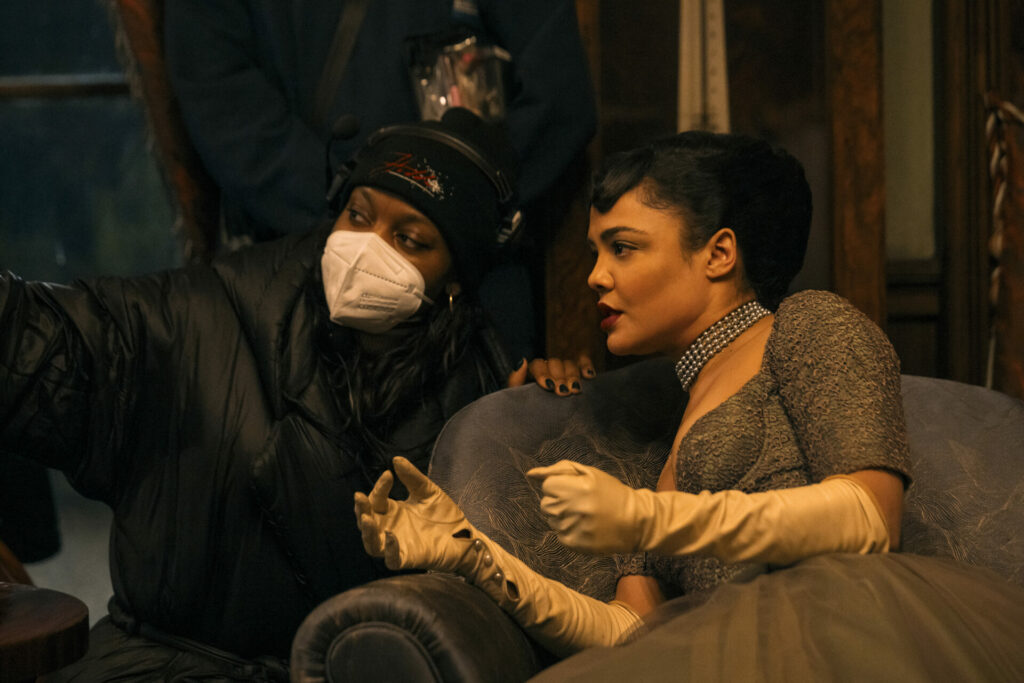
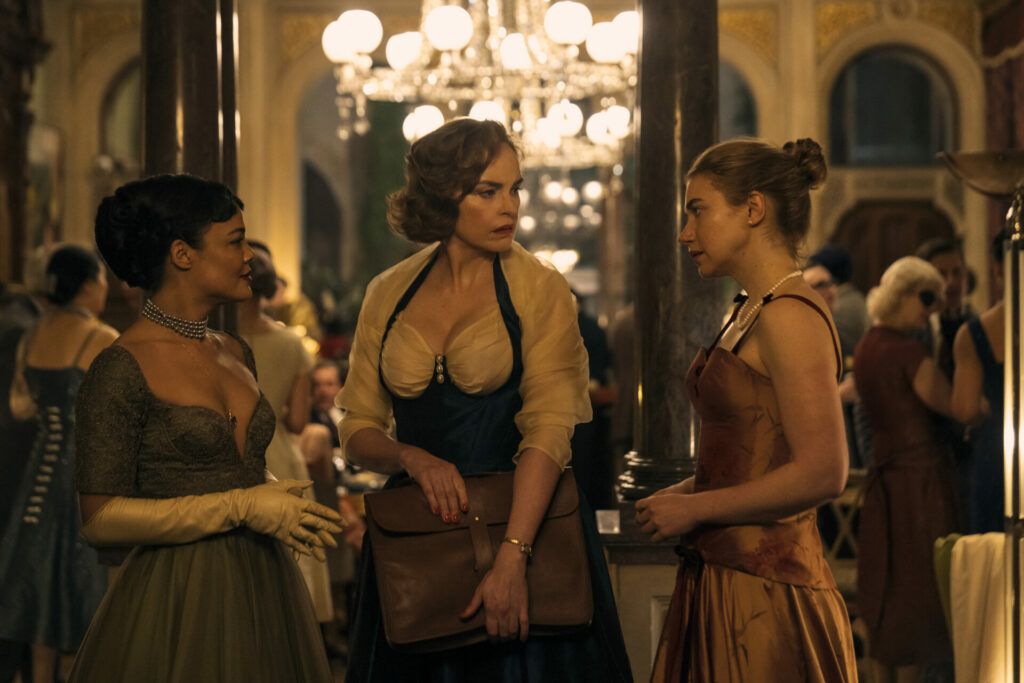
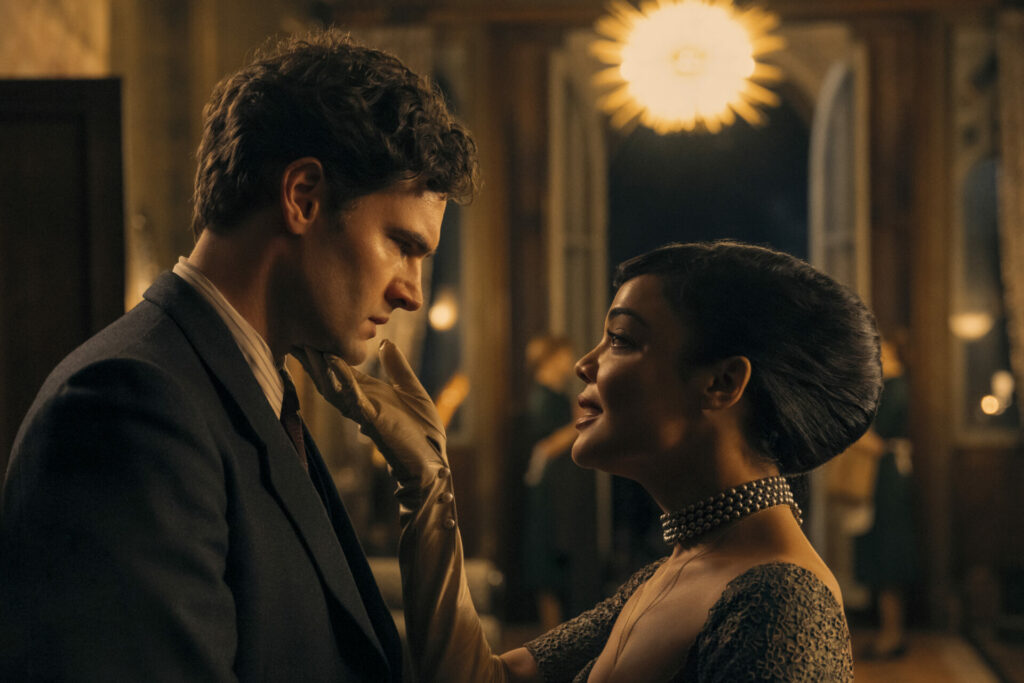
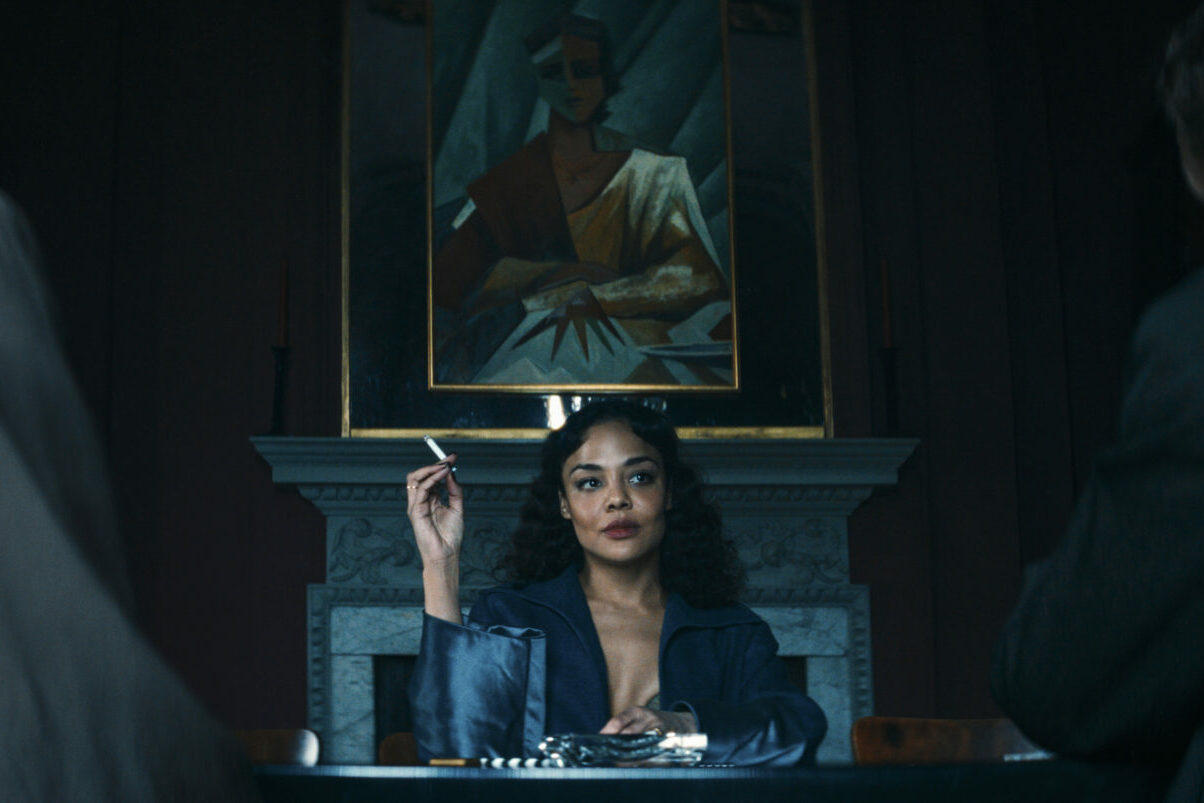
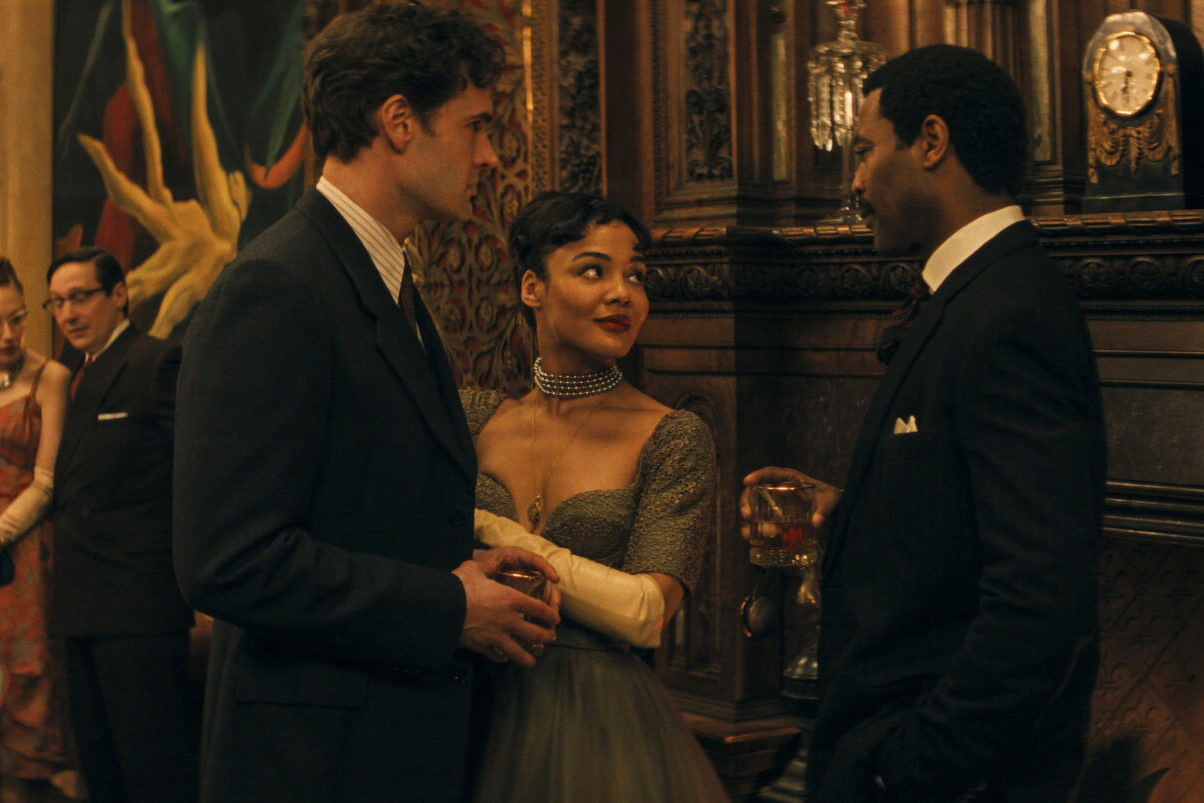
It’s a smart move, not only allowing repressed sexual desire to become a potential motivation for Hedda’s cruel behaviour through the film, but also allowing us to witness in parallel three women attempting to find what their freedom looks like within cisheteropatriarchy, struggling with their inner-workings and trying to be honest about who they really are – and weighing up whether being fully yourself is worth what may follow. In Hedda’s case, she has chosen marriage to a man in an attempt to secure stability, wealth and status. There’s a memorable exchange between Eileen and Hedda, where the former says, “Doing whatever you want and being whomever you choose has its limits,” to which Hedda replies, “And its consequences.”
“I’d never seen an adaptation of Hedda Gabler where the love between her and Eilert feels legitimate” – Tessa Thompson
“I think for me, it felt requisite for playing this part to really deal a lot with the ‘shadow self’,” muses Thompson, “There’s a lot of things that become organised in our shadow self, and some are dark desires, rage – but we also, I think, keep part of our true and most beautiful parts of ourselves, sometimes in shadow. And I think that perverts us and costs us something.” Hedda is clearly an extremely intelligent woman, and while it’s understandable for her to be wary of a world that might see her through the lens of her race, gender or sexuality, there is also something quite sad about this person unable or unwilling to fulfil her potential. “I found that profoundly moving and heartbreaking,” says Thompson, “And then had to question inside of myself: what are the things that I don’t do, that I never really explored?’”
“I have the feeling these three women, in a strange way, need each other to know who they are,” adds Hoss, “It’s a bit sad! […] All these women struggle with thinking they’re not enough. Who are they, who do they want to become, and why don’t they ever think they can get there on their own? Maybe you can’t, maybe you always need a reflection in other people, community, social context, to know who you are.”
Hoss and Thompson bring a delectable chemistry to their roles and, again, their characterisation brings new layers to a storied character like Hedda. “We had to talk a lot about what making Eileen a woman did to the construction of this play, and her motives,” says Hoss, “It was really liberating, because we were working on something completely new. We had to free ourselves to just explore this together in the most beautiful way.”
“I’d never seen an adaptation of Hedda Gabler where the love between her and Eilert feels legitimate,” notes Thompson, “Their thing feels more transactional, and it feels like two people that don’t actually see each other – they’re attracted to ideas of each other. But I had a very different feeling with this one, at least on my end, I felt like there was a sincere type of love.”
“Eileen could live in the tower!” – Nina Hoss
Right at the start of the film, we meet Hedda in a lake, seemingly about to drown herself – until she hears that Eileen is on the phone, and she moves with a new lightness, dropping the stones that had been in her pockets to weigh her down. “It’s this idea that Hedda is on the precipice between life and death when we meet her, and the one thing that gets her definitively back to life is hearing that Eileen’s on the phone,” says DaCosta, “So if that was the thing that animates this woman to decide to not do this today, what does that mean for who she is, what she’s struggling with, and her relationship to love as represented in her relationship with Eileen?”
Queering their relationship changes the tensions of the story, because the restrictions on these women are multilayered. “The stakes are so much higher as a queer woman at that time, because it’s not on the table for her to divorce George and marry Eileen,” DaCosta continues, “We talked a lot about whether it’s ‘couldn’t’ or ‘wouldn’t’, and Tessa was very much like, ‘It’s a couldn’t, because she feels constrained’. They can’t do something that’s so innate to all of us – love each other, out and open in public.”
With the location moved to a sprawling manor house in 1950s Britain, it wouldn’t be unheard of for someone like Hedda to come to some bisexual “arrangement” with her husband. Wealthy, bohemian couples like Vita Sackville-West and her husband Harold Nicholson famously had open marriages through the early 20th century, and it’s a line of thought that struck the group. “I always thought that Hedda was hoping for an arrangement,” says Thompson, “That’s how I played it in my mind. I think she was like, ‘as long as one of them gets the job, we can figure out the money thing…the house is big!’ It was super common to have your marriage and to have your true love, so I think that was a legitimate thing to have hope for.”
“Eileen could live in the tower!” Hoss laughs.
“It’s so exciting to have three queer women in a movie and have them feel so distinct and different” – DaCosta
Setting things in 1950s England is also a deft way of contemplating repression more broadly, with the film taking place through the course of a very hedonistic party that borders on camp: “High society culture is so camp!” says Thompson, “Like, people who are so posh they don’t open their mouths to speak! With all respect: I eat it, I devour it. In fact, our party compared to other parties in manor houses at that time that we’ve heard about, is quite tame! There were some that would be, like, three days.” In the film, it’s a more sensible one-night affair, woven through with booze, lingering looks, dancing, stolen touches, various infidelities, gunshots, shagging in a garden maze, oral sex next to a crackling fireplace and one truly incredible scene where Eileen describes the concept of kink to a group of awestruck men.
“I really wanted to feel the repression of a time, and England, bless everyone’s hearts, is a very repressed place,” deadpans DaCosta. “It’s a very chemical city, London. I was thinking back on my experiences living in England when I was younger, and how this is a place where people are dying to get out of their own skin.”
And so a big, sumptuous party is just the place for our three powerful women to try and get free of the things that bind them. With Hedda, Nia DaCosta has amplified a classic story by adding thoughtful, queer nuance, giving these characters new leases of life. “It’s so exciting to have three queer women in a movie and have them feel so distinct and different,” she says as we wrap up, “To have their struggles be obviously coloured by the fact that they’re queer women in a very hard time, but also be about their struggles with trying to love each other and trying figure out who they are.”
HEDDA is in cinemas now, and streaming on Amazon Prime from 29 October.
